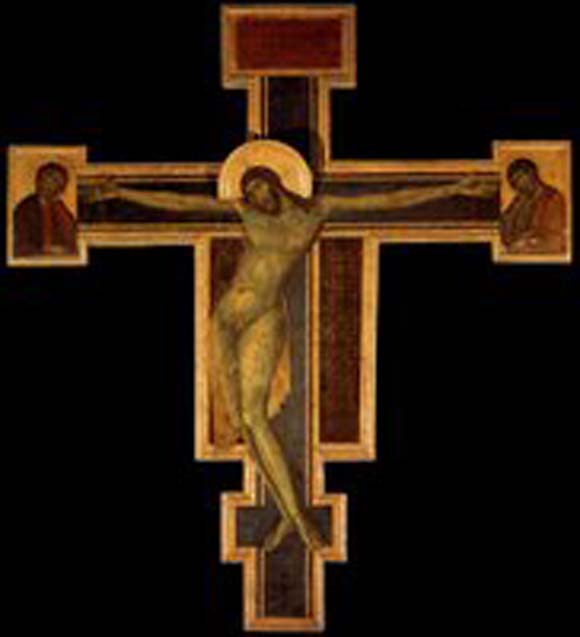
The Life of Virtue – Sacrifice
2.35k
In almost all religions the offering of sacrifice plays a prominent if not central role. We naturally and correctly perceive God, the source of all things, to be superior to us and as such it follows that we express our subjugation to Him by the offering of what Aquinas calls ‘sensible signs’. This offering of ‘sensible things’ as a recognition of God’s authority and the honour and praise which is rightly due to Him is therefore an act of natural justice. Sacrifice may be viewed broadly as being either interior or exterior; however, all exterior sacrifices really symbolize an interior sacrifice in which souls offer themselves to God as the source of all creation and as the end in whom they find their happiness. This is why all sacrifice should be, properly speaking, offered to God alone out of reverence. Aquinas, in speaking of virtue, states that “the act of any virtue takes on the character of sacrifice inasmuch as it aims at participating in this holy society with God.”
 Sacrifice, derived from the Latin sacrum facere – to make something sacred – implies actually doing something to the object we offer. For this to occur four things are needed; a sacrificial
Sacrifice, derived from the Latin sacrum facere – to make something sacred – implies actually doing something to the object we offer. For this to occur four things are needed; a sacrificial gift, a sacrificial minister, a sacrificial action and a sacrificial end or object. If the offering is consumed then, properly speaking it is a sacrifice whereas those objects offered which remain intact are simply offerings. In the Old Testament sacrifice derived its expiatory power from the blood of the victim but in the New Testament we read “you know that you were ransomed from the futile ways inherited from your ancestors not with perishable things like silver and gold, but with the precious blood of Christ” (1 Peter 1:18-19). Though Christ’s whole life was one of continual sacrifice it was in His suffering and death upon the cross that this ultimate sacrifice culminated and won for us the forgiveness of sins and our redemption in restoring the order of justice which we had lost through rebellion. As stated, sacrifice is an outward sign of an inward gift to God and as such the ultimate sacrifice of Christ, which restored our relationship with God, is truly pleasing to God. We can see how the offering of the Mass also fulfils this understanding of sacrifice and, though presented differently, is identical with
Christ’s sacrifice on the cross. For Aquinas the Mass is “at one and the same time a figurative re-presentation of Christ’s Passion, and thereby a true sacrifice, and a channel of the fruits of His suffering, whereby the latter are rendered efficacious for our redemption, and thereby a true sacrament.”
 Sacrifice is then, ultimately an act of self surrender to God, whereby we render to Him the praise and reverence that is due through the offering of some ‘sensible object’ in recognition of His complete authority. The highest example of sacrifice can be seen in the complete self surrender and sacrifice of Christ upon the cross for our redemption. This sacrifice is now re-presented for us in the Mass, in which the ordinary objects of bread and wine become the true body and blood of Christ, and through which we have a foretaste of our final transformation and glorification in Him.
Sacrifice is then, ultimately an act of self surrender to God, whereby we render to Him the praise and reverence that is due through the offering of some ‘sensible object’ in recognition of His complete authority. The highest example of sacrifice can be seen in the complete self surrender and sacrifice of Christ upon the cross for our redemption. This sacrifice is now re-presented for us in the Mass, in which the ordinary objects of bread and wine become the true body and blood of Christ, and through which we have a foretaste of our final transformation and glorification in Him.

